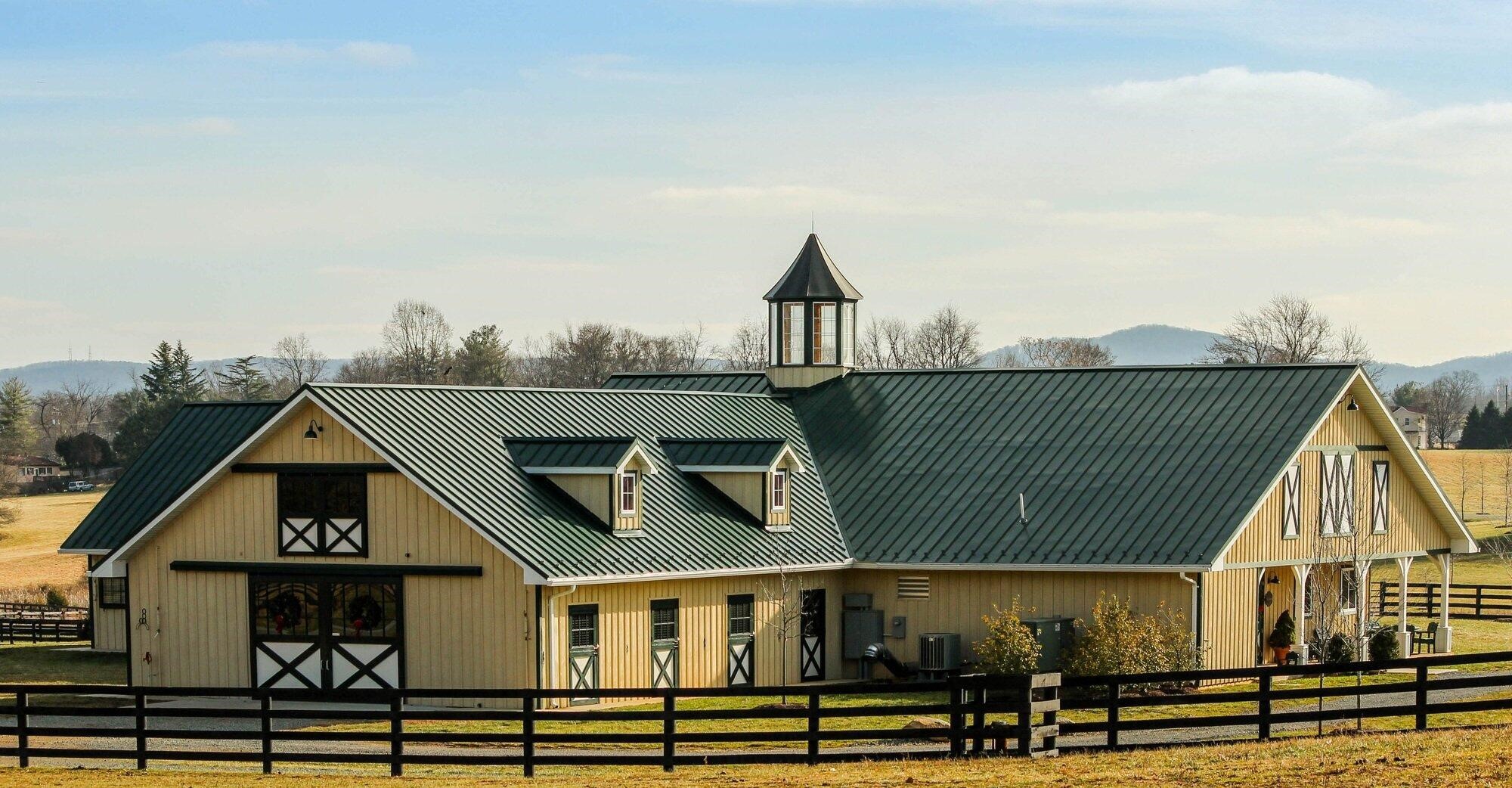
Purchasing a modern ranch house is an exciting venture. However, it can be overwhelming, especially when financing is involved.
Whether you’re a first-time homebuyer or looking to upgrade, understanding the key financial considerations can make the process smoother and more efficient. This listicle will guide you through the essential factors to think about when purchasing your dream ranch house with a loan.
Let’s dive in!
Contents
- 1 1. Assess Your Financial Situation
- 2 2. Understand Mortgage Interest Rates
- 3 3. Determine Your Down Payment
- 4 4. Evaluate Different Loan Terms
- 5 5. Consider Property Taxes
- 6 6. Plan for Other Expenses
- 7 7. Explore Assistance Programs
- 8 8. Inspect the Property Thoroughly
- 9 A Modern Ranch House Is Worth the Investment
1. Assess Your Financial Situation
Before you start shopping for a modern ranch house, it’s crucial to assess your financial situation. This includes reviewing your income, debts, savings, and credit score. Lenders will evaluate these factors to determine your loan eligibility and terms.
A healthy financial situation not only improves your chances of getting approved. It also helps you secure favorable mortgage interest rates.
Consider working with a financial advisor. They can give you a clear picture of your finances and set a realistic budget for your home purchase.
2. Understand Mortgage Interest Rates
Mortgage interest rates significantly impact the total cost of your home loan. Even a slight difference in rates can translate into thousands of dollars over the life of the loan. It’s important to shop around and compare rates from different lenders.
Keep an eye on market trends and consider locking in a rate if you find one that’s favorable. Understanding how interest rates fluctuate and what affects them can help you make an informed decision.
For example, the Federal Reserve’s monetary policy, inflation rates, and economic indicators all play a role in mortgage interest rates. Stay informed and consult with mortgage lenders to determine the best time to lock in your rate.
3. Determine Your Down Payment
The down payment is a critical component of purchasing a home. It affects your loan amount, monthly payments, and mortgage insurance requirements.
Typically, a down payment of 20% of the home’s purchase price is recommended to avoid private mortgage insurance (PMI). However, smaller down payments are possible through various loan programs.
Assess your savings and decide on an amount that balances your financial situation without straining your resources. This way, you can minimize your monthly payments and potentially save thousands of dollars in interest over time.
4. Evaluate Different Loan Terms
When shopping for a home loan, it’s important to consider different repayment terms. Here are some of them:
Fixed-Rate Mortgages
As the name suggests, fixed-rate mortgages have a constant interest rate throughout the loan term. This makes budgeting easier and provides stability in your monthly payments.
Adjustable-Rate Mortgages (ARMs)
Unlike fixed-rate mortgages, ARMs have variable interest rates that fluctuate with market conditions. They offer lower initial rates but can increase over time, potentially leading to higher monthly payments.
FHA Loans
FHA loans are government-backed loans that allow for smaller down payments and lower credit score requirements. However, they typically have higher mortgage insurance premiums than traditional loans.
5. Consider Property Taxes
Property taxes are an ongoing expense. They can vary widely depending on the location of your modern ranch house.
Before purchasing, research the property tax rates in your area and include them in your budget. You can also consider appealing your property taxes if you feel they are too high. However, keep in mind that this process can be time-consuming and may not always result in a lower tax bill.
6. Plan for Other Expenses
Owning a home involves more than just mortgage payments. There are other expenses to factor into your budget, such as homeowners insurance, maintenance costs, and utilities. Consider these additional costs when determining how much house you can afford.
Homeowners Insurance
Homeowners insurance protects your property and personal belongings in case of damage or theft. It’s typically required by lenders and can add a significant expense to your monthly payments. Shop around and compare insurance rates to find the best coverage for your home.
Maintenance Costs
As a homeowner, you are responsible for maintaining your property. This includes routine maintenance such as lawn care, repairs, and upgrades. Plan for these expenses in your budget to avoid any surprise costs down the road.
Utilities
Utilities can also add up quickly and vary depending on factors like the size of your home, location, and energy efficiency. Consider asking the seller for previous utility bills to get an idea of what to expect.
7. Explore Assistance Programs
There are various assistance programs available to make purchasing a home more affordable. These include the following:
First-Time Homebuyer Programs
Many states offer programs specifically designed for first-time homebuyers. These can include down payment assistance, low-interest loans, and tax credits.
Employer Assistance
Some employers may offer assistance to their employees looking to purchase a home. This can include help with down payments or closing costs.
VA Loans
If you’re a veteran or active-duty service member, you may be eligible for a VA loan. These loans often have competitive interest rates and require no down payment.
USDA Loans
USDA loans are available to qualified borrowers in rural areas. They provide low-cost financing options with no down payment required.
8. Inspect the Property Thoroughly
Before finalizing your purchase, it’s essential to conduct a thorough inspection of the property. A home inspection can uncover potential issues that may not be visible during a casual walkthrough.
There may be structural problems, plumbing issues, or pest infestations. Investing in a professional inspector can save you from unexpected repair costs in the future.
Additionally, it allows you to negotiate repairs or a lower purchase price based on the findings. Don’t skip this step. A detailed inspection ensures that you make a well-informed decision about your new ranch house.
For example, you may discover that the home needs a new roof or HVAC system. These expenses should be factored into your budget and potentially negotiated with the seller.
A Modern Ranch House Is Worth the Investment
Purchasing a modern ranch house is a significant investment. With proper planning and understanding of the financial considerations involved, you can make the process smoother and more affordable.
Remember to assess your finances, shop around for loans, consider all expenses, and take advantage of available assistance programs. With these tips in mind, you’ll be on your way to owning your dream home in no time! Happy house hunting!
Did you find this article helpful? If so, check out the rest of our site for more.







